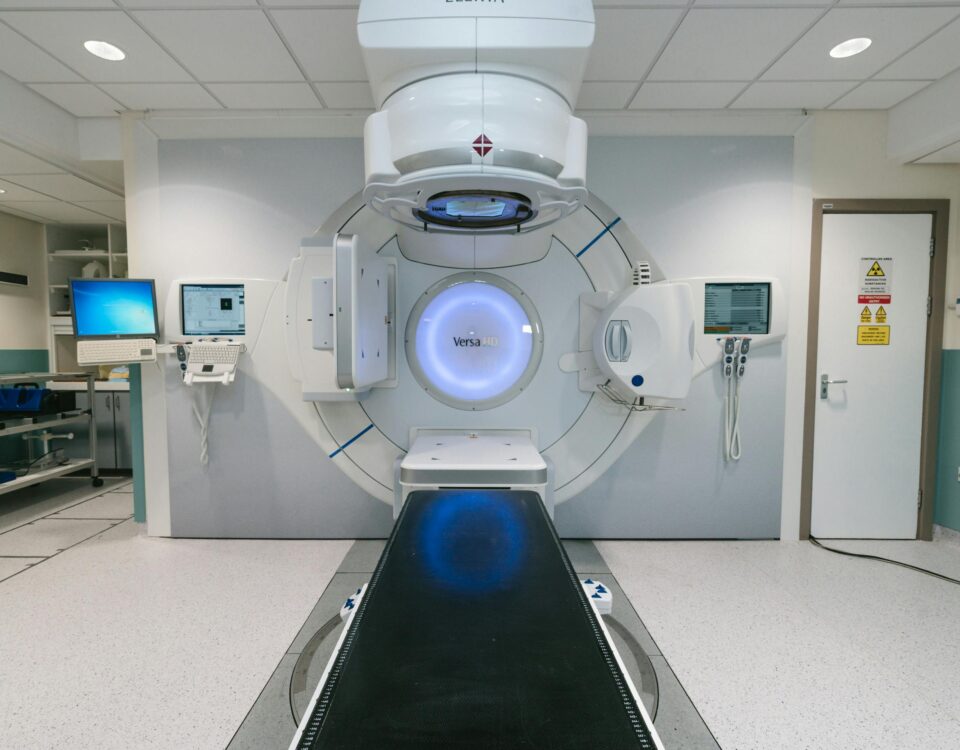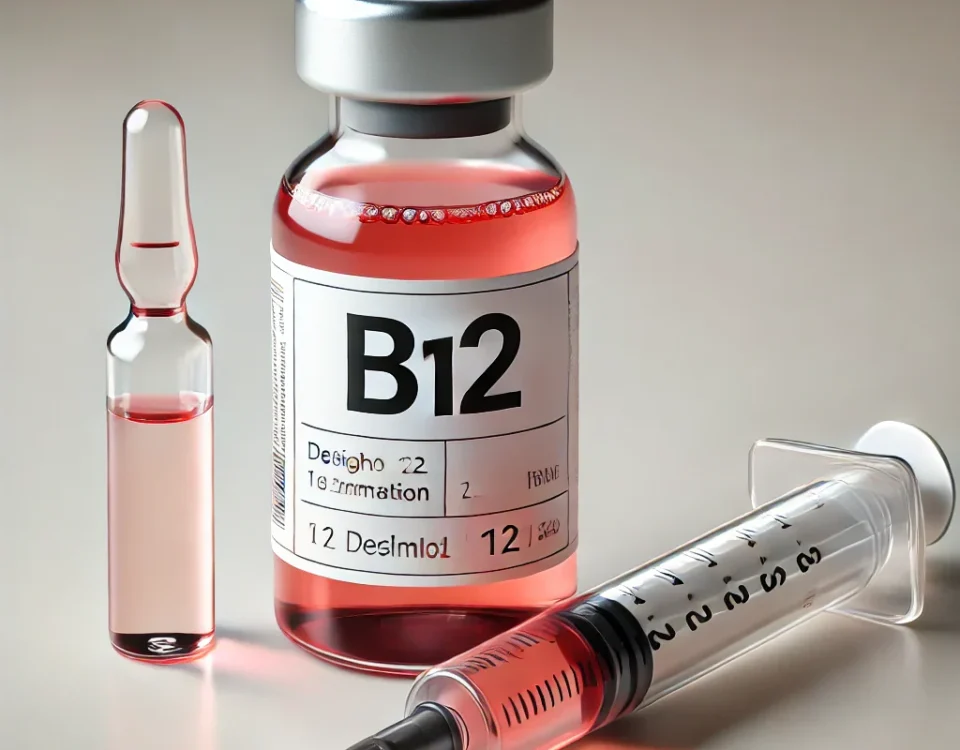
The Benefits of Botox for Migraines
October 2, 2025
Understanding the Impact of Back Pain on Daily Life
October 3, 2025The nasal passages play a central role in respiratory function, and their internal structure has a direct impact on airflow. When the partition dividing these passages is off-center, it can lead to noticeable changes in breathing. For individuals experiencing issues associated with a deviated septum, surgical intervention may be an option to address the underlying issue.
What Is a Deviated Septum?
The nasal septum is the wall of bone and cartilage that divides the nasal cavity into two separate nostrils. In an ideal anatomical state, the septum runs down the center of the nose, allowing for symmetrical airflow. A deviated septum occurs when this partition is displaced or bent to one side. This deviation can cause one nasal passage to be narrower than the other, potentially leading to complications.
A person can be born with a deviated septum, or it can result from an injury or trauma to the nose. The degree of displacement varies among individuals. Some people may have a slight deviation with no noticeable effects, while others may have a more pronounced deviation that alters nasal airflow. This structural irregularity is a common anatomical variation.
What Does Surgery Involve?
The surgical procedure designed to correct a deviated septum is called a septoplasty. The goal of this operation is to reposition the septum to the midline of the nose. A surgeon performs this procedure to modify the bone and cartilage that make up the septum. Septoplasty is typically performed under general anesthesia. The entire procedure is usually conducted through the nostrils, so there are normally no external incisions made on the skin of the nose.
During the surgery, the surgeon makes an incision in the lining of the nose, known as the mucosa, to access the underlying septal cartilage and bone. The surgeon then reshapes or removes the deviated portions of the cartilage and bone. After the necessary adjustments are made, the surgeon repositions the mucosal lining and closes the incision with sutures.
What Should You Expect Afterward?
Following a septoplasty, patients are monitored for a short period before being discharged to go home, provided their initial recovery is stable. It is common to experience some red-tinged drainage from the nose after the procedure. Swelling and some nasal congestion are also typical.
Post-operative guidance often includes avoiding strenuous activities, such as heavy lifting or intense exercise, for approximately two weeks to allow the nasal tissues to heal correctly. Patients are also usually instructed to avoid blowing their nose during this initial recovery period. Subsequent follow-up visits enable the surgeon to monitor the healing process and the long-term outcome of the procedure.
Consult an ENT Surgeon
Each individual’s anatomy and circumstances are unique. A discussion with a qualified ear, nose, and throat (ENT) surgeon is the proper step for anyone wanting more information. A specialist can perform a thorough examination. They can discuss personal health goals and explain the potential outcomes and recovery timeline associated with a septoplasty. This professional consultation is the ideal venue for receiving personalized information and establishing a proper treatment plan tailored to your specific needs.





